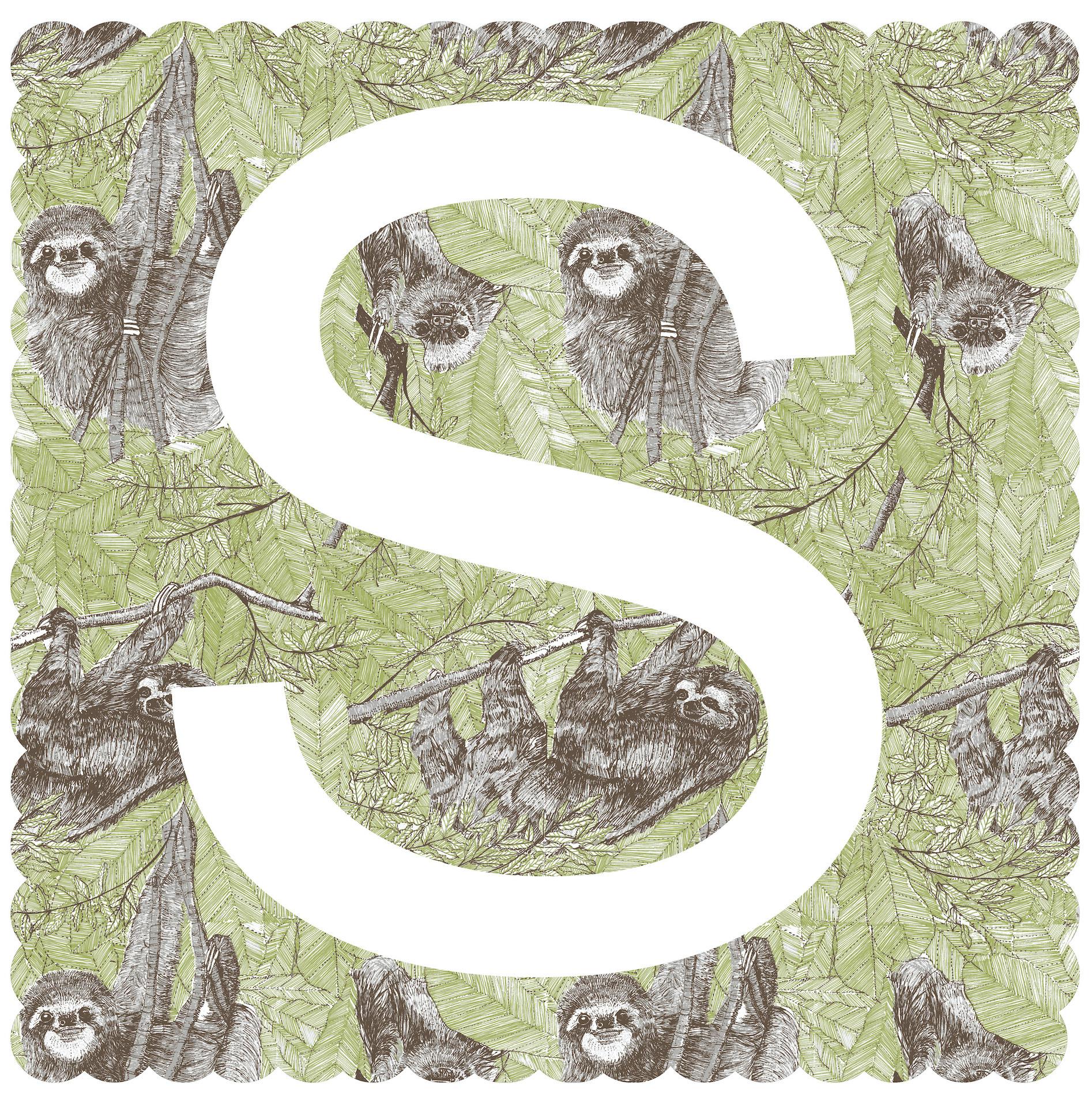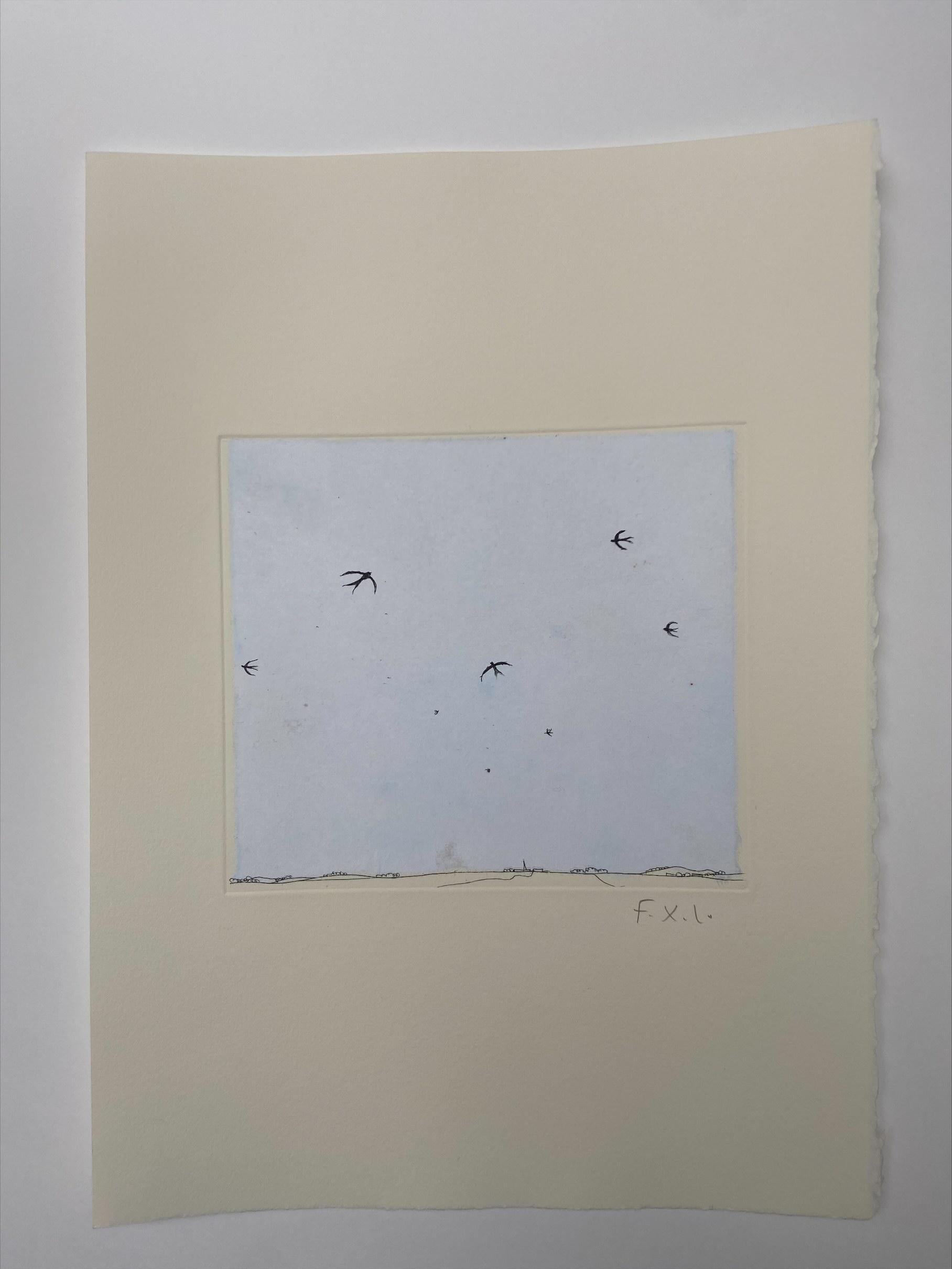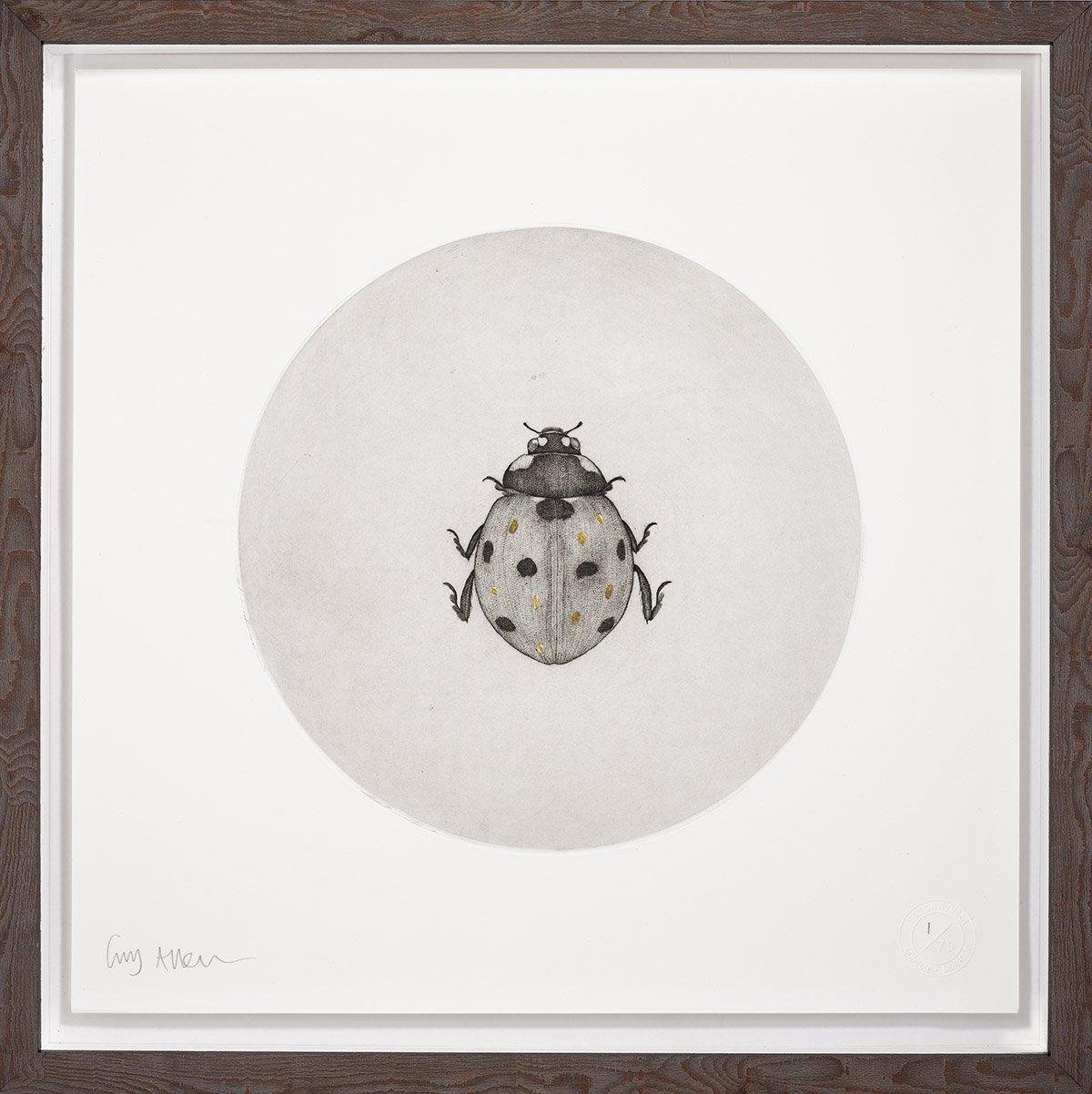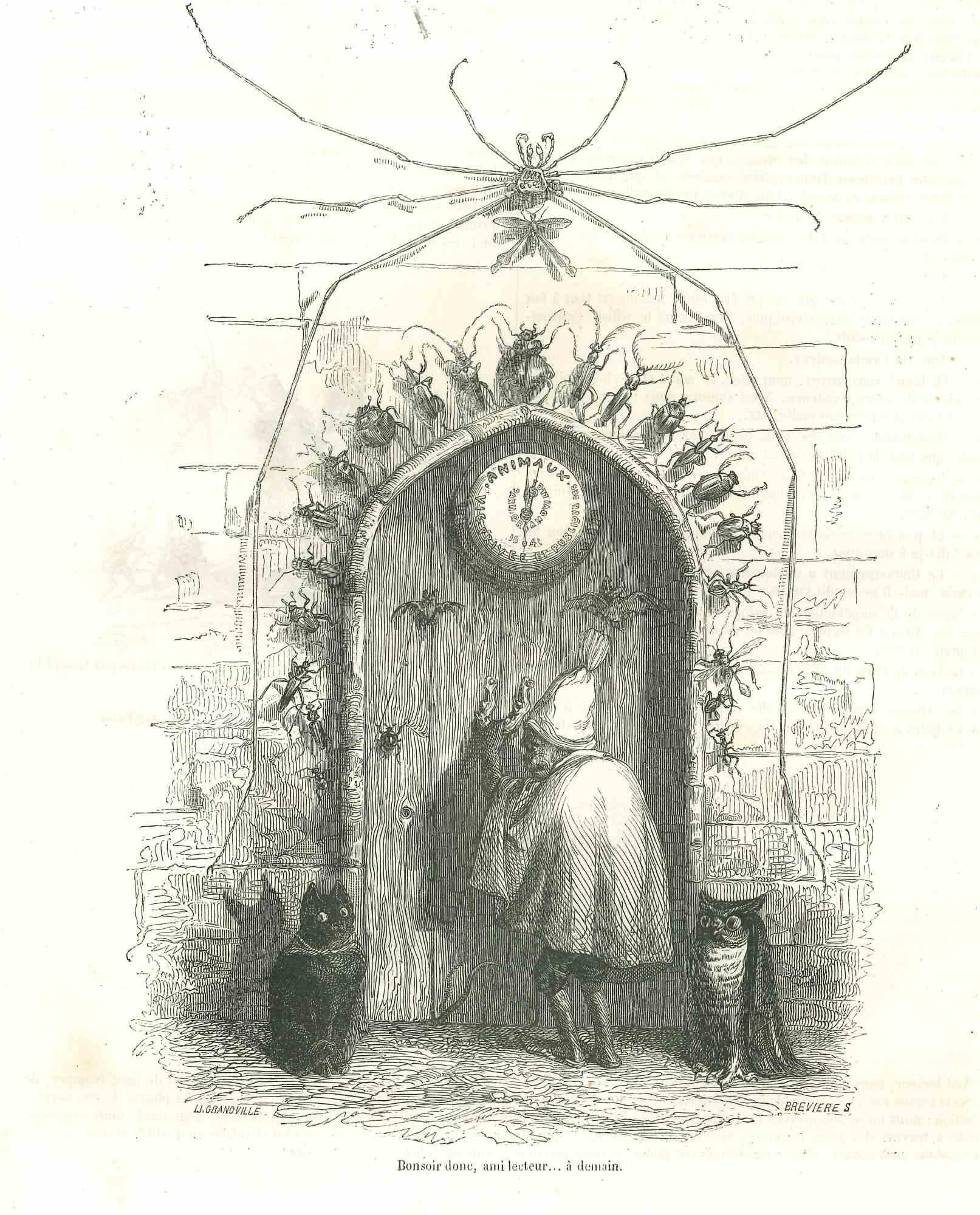Tracey EminDocket and His Bird Collection plate (uniquely hand signed and inscribed) 2019
2019
About the Item
- Creator:Tracey Emin (1963, British)
- Creation Year:2019
- Dimensions:Height: 0.5 in (1.27 cm)Diameter: 10.5 in (26.67 cm)
- Medium:
- Movement & Style:
- Period:
- Condition:
- Gallery Location:New York, NY
- Reference Number:1stDibs: LU1745213171052
Tracey Emin
Tracey Emin was born in Croydon, in South London, in 1963, and raised in Margate, Kent. She studied fashion at the Medway College of Design (now the University for the Creative Arts) from 1980–82. At Medway, she met Billy Childish, who would become a huge inspiration for her work, and became closely associated with The Medway Poets. During this time, Emin became the administrator for Childish’s small printing press, Hangman Books.
In 1984 she went on to study printing at Maidstone Art College. In 1983, Emin opened a shop with fellow artist Sarah Lucas, called The Shop in Bethnal Green. The Shop sold works by Emin and Lucas, including original t-shirts and ashtrays featuring iconic artist Damien Hirst.
In November 1993, Emin held her first solo show at White Cube in London. She named her autobiographical exhibition “My Major Retrospective,” which largely consisted of personal photographs, photos of her own early paintings that she had destroyed, and a few emotionally charged items such as a packet of cigarettes her uncle was holding when he was decapitated in a car crash.
In 1994, Emin toured the United States, making stops en route with partner Carl Freedman to give readings from her autobiographical book Exploration of the Soul. In 1995, Emin produced her famous “tent” — Everyone I Have Ever Slept With 1963-1995 — which was exhibited in Freedman’s curated show “Minky Manky” at the South London Gallery. This piece was later bought by Charles Saatchi and included in the acclaimed 1997 “Sensation” exhibition at the Royal Academy of Arts in London, going on to tour Berlin and New York.
Emin appeared on a Channel 4 television series in 1997 titled Is Painting Dead? that largely comprised a discussion over the Turner Prize. Two years later, in 1999, Emin was shortlisted for the Turner Prize herself and exhibited My Bed at the Tate Gallery. In the same year, she exhibited a number of monoprint drawings inspired by Princess Diana for an exhibition at The Blue Gallery, London.
Elton John and George Michael are both famed collectors of Emin’s work, with Michael holding the “A Tribute to Tracey Emin” exhibition in September 2007 at the Dallas-based Goss-Michael Foundation. A solo exhibition, “This is Another Place,” was held at the Modern Art Oxford from 2002–03, and in 2007, Emin was included in the British Pavilion at the Venice Biennale. The same year, Emin was made Royal Academician by the Royal Academy of Arts. She has previously been invited to include works at the Royal Academy “Summer Exhibitions” dating back to 2001. Emin curated the 2008 “Summer Exhibition” and gave a public talk and interview with Matthew Collings, during which they mused on her role within the Royal Academy. Emin’s art has fetched astronomical amounts at auction, selling to Charles Saatchi, the 2011 Prime Minister (David Cameron), David Bowie and more for their private collections.
Find original Tracey Emin prints and other art on 1stDibs.
- ShippingRetrieving quote...Ships From: New York, NY
- Return PolicyA return for this item may be initiated within 1 day of delivery.
- Blue Dog (Christmas Print)By George RodrigueLocated in New York, NYGeorge Rodrigue Blue Dog (Christmas Print), 2000 Color silkscreen signed in silver ink and numbered from the edition of 150 A sweet, romantic holiday...Category
Early 2000s Pop Art Animal Prints
MaterialsScreen
- Downtown Lion (1st State)By Larry RiversLocated in New York, NYLarry Rivers Downtown Lion (1st State), 1967 Etching on wove paper, signed, inscribed and dated with blind stamps Signed, dated and inscribed in graphite; Printers Proof aside from ...Category
1960s Pop Art Animal Prints
MaterialsEtching
- Untitled from the portfolio "Columbus: In Search of a New Tomorrow"By Kenny ScharfLocated in New York, NYKenny Scharf Untitled from the environmental portfolio "Columbus: In Search of a New Tomorrow", 1992 Color silkscreen on Fabriano paper with blind stamp, held in the original portfolio sleeve Pencil signed and annotated PP by Kenny Scharf on the front 30 × 22 3/4 inches Unframed This is one of five Printers Proofs aside from the regular edition of 100, hand signed and annotated PP on the front, with the publisher's blind stamp, from the original portfolio Columbus: In Search of a New Tomorrow, housed in the rarely seen original protective sleeve. “Before the world is changed it would perhaps be more appropriate not to destroy it” Paul Claudel This dazzling color silkscreen on Fabriano paper, pencil signed and annotated Printer's Proof is Kenny Scharf's contribution to the portfolio, "Columbus: in Search of a New Tomorrow" - to raise funds and awareness about saving the Rainforest. 35 artist from around the world were invited to contribute mainly silkscreens, but also photography, literature, drama and music. This ambitious project was sponsored by His Majesty King Juan Carlos of Spain and Mr. Hoet, manager of “documenta IX”. Besides Scharf, other artists who participated in this portfolio are: Joseph Beuys (autorisierter Nachdruck), Max Bill, Sandro Chia, Eduardo Chillida, Joe Cocker, Christo, Hanne...Category
1990s Pop Art Figurative Prints
MaterialsScreen
- La Robe Rouge (Ulm-Chenivesse 48)By Niki de Saint PhalleLocated in New York, NYNiki de Saint Phalle La Robe Rouge (Ulm-Chenivesse 48), 1970 Seventeen colored screenprint on Arches vellum paper Pencil signed and numbered 28/115 on the front and titled on the back by Niki de Saint Phalle, with artist's inventory number 29 1/2 × 22 inches Unframed This work is pencil signed and numbered 28/115. The back of the print, from the portfolio Nana Power, is titled in pencil " Rouge Robe" by Niki de Saint Phalle herself, but it is also known as "Nana Power: The Serpent". Bibliography: Catalogue Raisonne: Ulm-Chenivesse 48 Published Editions Essellier, Liechtenstein, printed by Michel Caza About Niki de Saint Phalle: Born 1930 in Neuilly-sur-Seine, France, Niki de Saint Phalle moved to the USA in 1933 and spent her childhood and youth in New York City. In 1952, Saint Phalle moved back to Paris and became immersed in French and ex-patriate artistic communities. Her 1961 exhibition Feu à Volonté (Fire at Will), organized by art critic and cultural philosopher Pierre Restany at Galerie J, Paris, Saint Phalle showed for the first time her iconic Shooting Paintings...Category
1970s Pop Art Animal Prints
MaterialsScreen
- Green Cat, etching and aquatint, pencil signed & numbered, rarely seen in marketBy Walasse TingLocated in New York, NYWalasse Ting 丁雄泉 Green Cat, 1984 Color etching and aquatint on copper plate, printed on Fabriano Rosaspina paper Pencil signed, numbered 178/230, dated 1984 along with artist's perso...Category
1980s Pop Art Animal Prints
MaterialsInk, Pencil, Graphite, Etching, Aquatint, Mixed Media
- The Red Horsemen (aka Equestrians) Modern Art Pavilion Seattle Art Museum PosterBy Roy LichtensteinLocated in New York, NYRoy Lichtenstein at Modern Art Pavilion, Seattle Art Museum Limited Edition poster, 1976 Offset lithograph Limited Edition of 1500 22 1/2 × 28 inches Unframed This limited edition o...Category
1970s Pop Art Animal Prints
MaterialsLithograph, Offset
- Clare Halifax, S is for Sloth, Affordable Art, Animal Art, Chidren's ArtBy Clare HalifaxLocated in Deddington, GBClare Halifax S is for Sloth Limited Edition 3 colour screen print Edition of 100 Sheet Size: H 38cm x W 37cm x 0.1cm Sold Unframed Hand printed by the artist onto somerset satin pap...Category
21st Century and Contemporary Pop Art Animal Prints
MaterialsPaper, Screen
- François Xavier Lalanne - Birds- 2006By François-Xavier LalanneLocated in Saint Ouen, FRFrançois Xavier Lalanne Etching Signed F.X.L. in pencil Robert and Lydie Dutrou editors 2006. Paper size: 27x37.5cm Work size: 19x16cmCategory
Early 2000s More Art
MaterialsPaper
- Ladybird by Guy Allen. Print from an etching with wooden frameBy Guy AllenLocated in Coltishall, GBThe ladybird, locally known in Norfolk as a bishy barnabee… Guy Allen’s etchings inspired by the fauna and insects of rural England have a remarkable lev...Category
21st Century and Contemporary Other Art Style Animal Prints
MaterialsPaper, Etching
- Nuthatch and SweetgumLocated in New Orleans, LA"Nuthatch and Sweetgum" is a shadowbox by Pippin Frisbie-Calder. The piece is 7 inches high, 7 inches wide, and 6.30 inches in depth. The prints inside the shadowbox are silkscreen o...Category
2010s Animal Prints
MaterialsWood, Paper, Ink, Screen
- Warbler and Waxwing in Bottomland ForestLocated in New Orleans, LA"Warbler and Waxwing in Bottomland Forest" is a shadowbox by Pippin Frisbie-Calder. The piece is 19 inches high, 13 inches wide, and 6.30 inches in depth. The prints inside the shado...Category
2010s More Art
MaterialsWood, Paper, Ink, Screen
- Bonsoir donc, Ami Lecteur - Original Lithograph by J.J Grandville - 1852By Jean Jeacques GrandvilleLocated in Roma, ITBonsoir donc, Ami Lecteur is an original lithographs by J.J. Grandville from "Scènes de la vie privée et publique des animaux, 1852. Published by Manesq & Harvard, Paris. Good Cond...Category
1850s Modern More Art
MaterialsPaper, Lithograph





